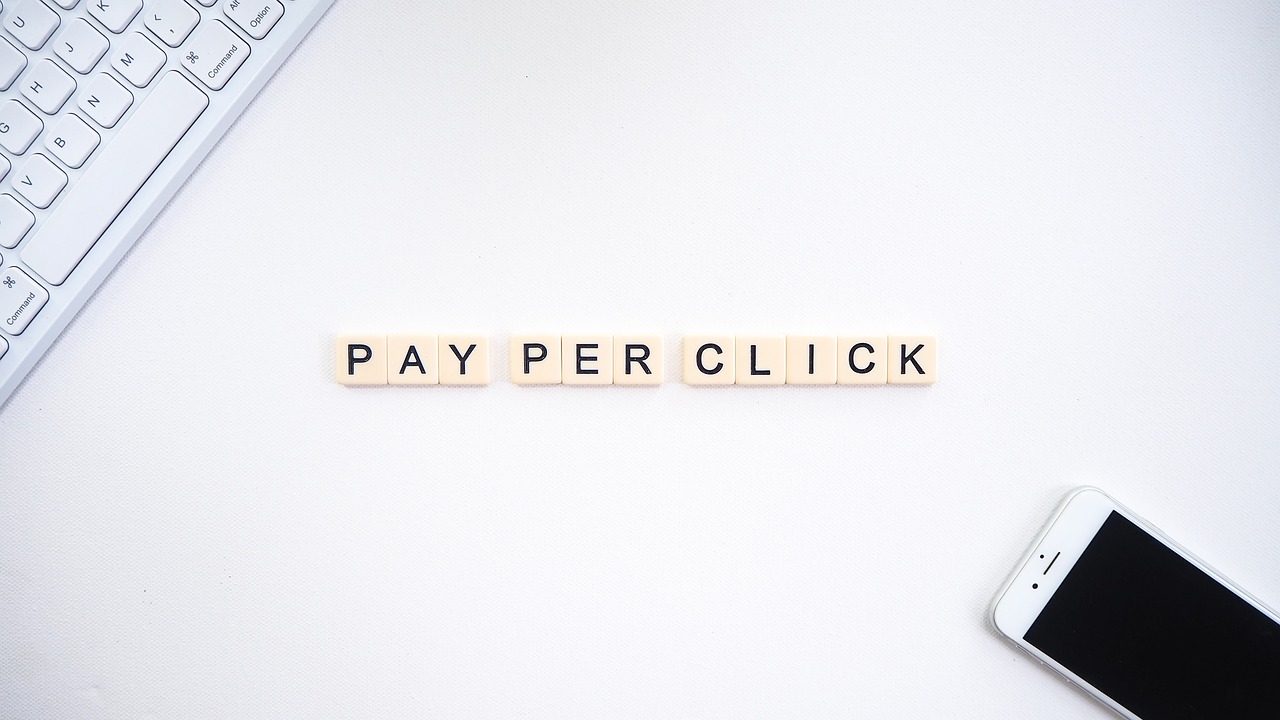If you’re a restaurant owner, you know how tough the competition is. In this digital age, just having great food and excellent service might not be enough to attract a steady stream of customers. To stand out, you need effective marketing strategies, and one of the best ways to reach more customers fast is through Pay-Per-Click (PPC) campaigns. PPC ads can give your restaurant the boost it needs to attract more diners and build brand awareness.
In this guide, you’ll learn the basics of running successful PPC campaigns and some tips to make the most of every dollar spent. Let’s dive into the step-by-step process.
What are PPC Campaigns?
PPC is a type of online advertising where you pay only when someone clicks on your ad. Unlike traditional ads, where you pay a fixed amount, PPC ads are cost-efficient because they’re based on performance. These ads appear on search engines like Google, social media platforms like Facebook and Instagram, and even on local websites through Google Display Network.
For example, if someone searches “best pizza near me,” and you run a pizza restaurant, PPC ads help you appear at the top of search results. According to Google, businesses make an average of $2 in revenue for every $1 spent on Google Ads. That’s a pretty good return on investment (ROI).
How To Run a PPC Campaign?
1. Set Your Goals and Budget
Every successful marketing campaign starts with a clear goal. Ask yourself what you want from your PPC campaign:
- More dine-in customers?
- Higher online orders?
- Increased event bookings?
Your goals will guide your entire campaign. Also, think about your budget. PPC campaigns can work with any budget, but the average cost per click (CPC) in the food and restaurant industry is around $1 to $2. Start small, see what works, and then scale your budget as needed.
2. Choose the Right Keywords
Keywords are the foundation of any PPC campaign. The right keywords help you reach the right audience. Use keywords that people search for when looking for restaurants. For example:
- “Restaurants near me”
- “Best vegan restaurant”
- “Family-friendly dining”
Think about the unique aspects of your restaurant. If you specialize in vegan food, target specific keywords like “vegan restaurants near me.” Use tools like Google Keyword Planner to find keywords with high search volumes and reasonable costs. Research shows that 63% of people click on Google ads when they are looking for something to buy, which means targeting the right keywords can drive motivated customers to your restaurant.
3. Create an Enticing Ad Copy
Your ad copy is what convinces people to click. Keep it short and highlight what makes your restaurant special. Use compelling words like “fresh ingredients,” “authentic flavors,” or “family-friendly.”
For instance:
“Hungry? Enjoy the best Italian food in town with fresh ingredients. Click to order now!”
Make sure your ad copy matches the experience customers will get. If your restaurant focuses on a unique theme, mention that. Google found that ads with a clear message tend to get higher click-through rates, so be precise with your message.
4. Optimize for Local Searches
Restaurants rely heavily on local customers, so make sure your PPC campaign targets your location. Use location-based keywords like “best sushi in [your city].” You can also set your ads to appear only within a certain distance from your restaurant.
Use Google My Business to make sure your restaurant shows up in local search results and maps. Around 78% of local mobile searches result in an offline purchase, so capturing these searchers can lead to direct foot traffic to your restaurant.
5. Use Ad Extensions to Increase Click-Through Rate (CTR)
Ad extensions are additional pieces of information that appear under your main ad. They provide more reasons for people to click on your ad. Common ad extensions for restaurants include:
- Location extension: Shows your address and a map.
- Call extension: Adds a “Call Now” button so customers can reach you directly.
- Site link extension: Adds links to specific pages like your menu, reservations, or special offers.
These extensions help potential customers get information at a glance. According to Google, using ad extensions can boost click-through rates by up to 15%.
6. Design Landing Pages That Convert
Once someone clicks on your ad, they should be directed to a landing page relevant to that ad. If your ad promotes a discount, the landing page should immediately show that offer. Make sure your landing pages are:
- Mobile-friendly: Over 60% of Google searches come from mobile devices, so make sure your pages look good on phones.
- Clear and engaging: Keep information straightforward and highlight key details like menu items, prices, or booking options.
- Easy to navigate: Users should be able to quickly find what they need, like a “Book Now” button or a list of your top dishes.
7. Monitor and Adjust Your Campaigns Regularly
Running a PPC campaign doesn’t end once the ads are live. Regularly monitor your campaign performance. Look at metrics like:
- Click-through rate (CTR): The percentage of people who saw your ad and clicked on it.
- Conversion rate: The percentage of people who clicked and then took action (like booking a table).
- Cost per conversion: How much you’re spending to get one conversion.
If you notice that certain keywords or ads aren’t performing well, adjust them. Test different ad copies, landing pages, and even bidding strategies to see what works best.
8. Retarget Customers with Display Ads
Retargeting is a powerful tool in restaurant marketing. It shows ads to people who visited your website but didn’t take action. For example, if someone viewed your menu but didn’t book a table, you can retarget them with display ads. This keeps your restaurant fresh in their mind and increases the chance of a future visit.
Data suggests that retargeted ads have a 10 times higher click-through rate than regular display ads. They remind people of your restaurant at just the right time, bringing them back to complete their order or reservation.
9. Leverage Social Media for More Reach
Social media platforms like Facebook and Instagram offer powerful PPC options for restaurants. Facebook ads allow you to target users based on location, interests, and even dining habits. For example, you can target people who frequently visit coffee shops if you own a café.
Instagram ads are visually engaging and allow you to showcase your food through images and videos. Restaurants that use Instagram ads see up to a 23% higher engagement rate, thanks to the platform’s focus on visuals. Use this to your advantage by sharing high-quality photos of your food.
10. Use Seasonal Promotions and Limited-Time Offers
People love special deals and promotions. Create PPC campaigns around holidays or local events to attract more customers. Highlight limited-time offers, like “20% off on Valentine’s Day dinner reservations” or “Free dessert for weekend dine-ins.”
Data shows that ads with limited-time offers perform well, as they create urgency and excitement. Use countdown timers on your landing pages to show how long the offer will last, encouraging customers to act fast.
11. Track Conversions and ROI
At the end of the day, you want to know if your PPC campaigns are bringing in profit. Google Ads and Facebook Ads have built-in tools to track conversions like online orders, reservations, and even phone calls. Track your ROI and see if you’re making back more than what you’re spending. If your campaign isn’t giving the desired results, adjust your strategy based on the insights you gather.
Running a successful PPC campaign for your restaurant takes time, planning, and regular adjustments. By targeting the right keywords, crafting enticing ad copies, and using local search optimization, you can bring in more customers and grow your brand. Remember to keep testing and tweaking your campaigns to find the perfect formula for your restaurant.
Whether you’re looking to boost online orders, fill up your tables, or increase brand visibility, PPC campaigns can help you achieve your goals with measurable results. So, take these steps, start small, and watch as your restaurant gains more attention and customers. Happy advertising!




